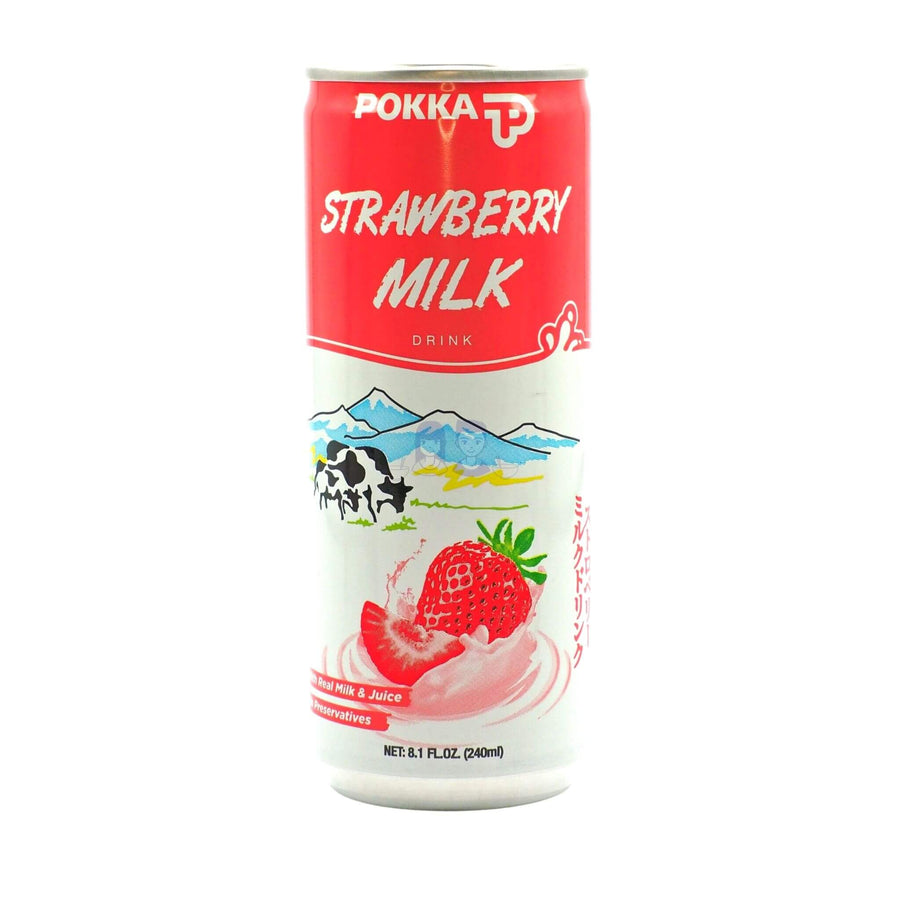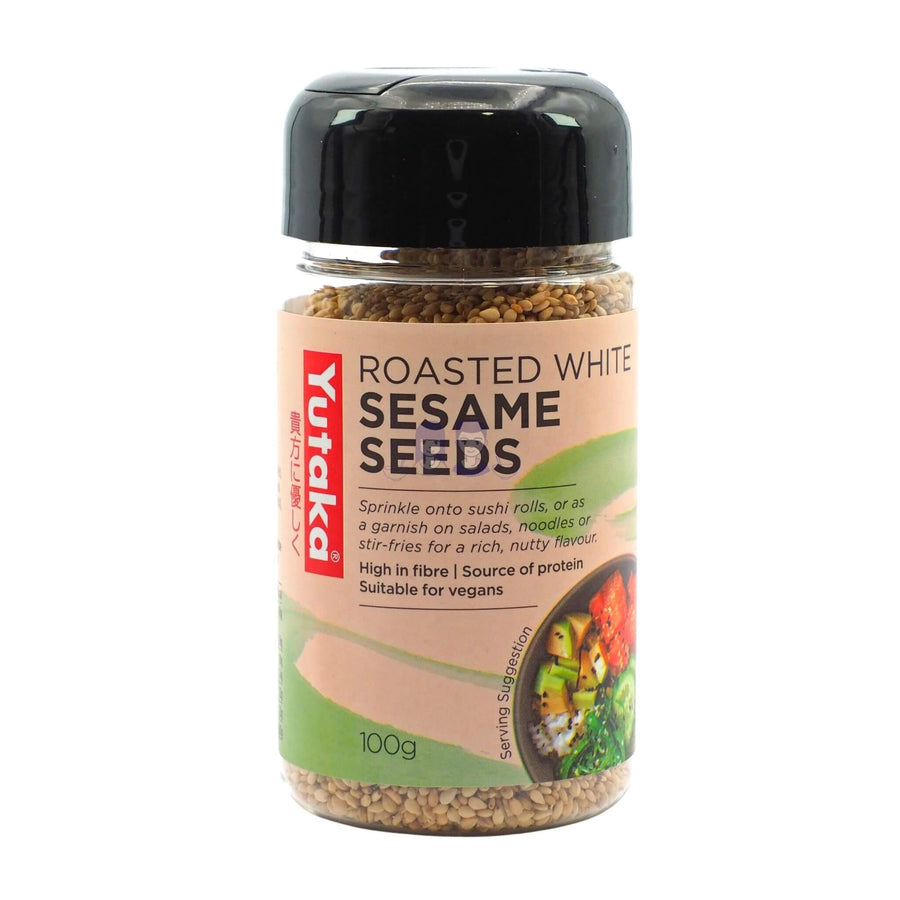Food of the Philippines - 11 Popular Filipino dishes to try!
A flavoursome and diverse cuisine, Filipino food is an important aspect of Filipino culture. It's also a great addition to any trip to the Philippines.
We've been to the Philippines a number of times, visiting Manila and islands such as Boracay and Palawan. And every time, we've been absolutely blown away by the quality and variety of the food on offer.
And trust us, Filipino people are among the friendliest in the world, so you'll be treated well no matter where you choose to eat.
In this article, we'll share some of our favourite food of the Philippines including many popular Filipino dishes you must try!
→ Shop now: Our handpicked range of Filipino products
What Makes Filipino Food Special?
Filipino cuisine, like its history, is a rich blend of Spanish, Malay, American and Chinese influences. Though you'll find aspects of all of those cultures in their food, it comes together into something distinctly Filipino. The country's colonial history has left a mark on its cuisine, resulting in a flavourful fusion that spans centuries.
Dishes like adobo, influenced by Spanish and Chinese flavours, or Kare-Kare, a thick stew with Indian roots, show the adaptability and diversity of what's on offer. You'll also see a heavy use of local ingredients, as well as a heavy emphasis on using every cut of meat. We think there'll be some dishes that will really surprise you.
So let's check out some must-try Filipino dishes and see why Filipino food is truly special.
Popular Filipino foods to try
#1 Adobo
Adobo is regarded as the national dish of the Philippines, and there is a good reason for that. This savoury dish involves marinating meat (usually chicken or pork but it can come in any form!) in vinegar, soy sauce, garlic, bay leaves, and peppercorns, then slow-cooking it to tender perfection.
The vinegar-soy sauce combination creates a perfect balance of tangy and salty. Its simplicity and flavour make it a touchstone of Filipino cuisine.
Do note, Filipino Adobo can be very different to the Spanish, Mexican and Portuguese varieties you may have come across! But it's the Filipino version that's our favourite and one of the best Southeast Asian stews.

#2 Pancit Canton
Also known as the Philippines' favourite noodle dish, Pancit Canton can be found just about anywhere in the country. From street vendors and food stalls to the average home cooked meal, it's a regular staple of Filipino food.
The dish is made using stir-fried egg noodles with vegetables and pork. And, as "canton" suggests, it has Chinese influences.
Pancit Canton is addictive and we simply can't stop eating it when we visit or are in need of comfort food. It's a good job it's often cooked in large batches!

#3 Lumpia
Lumpia is essentially the Philippines' answer to spring rolls. Made with much thinner wrappers, Lumpia has a savoury meat filling and some vegetables to boot. It's a little crispier than you might expect, but the crunch is very satisfying.
We're big fans of Lumpia and prefer them to other spring rolls we've tried throughout Asia. The mince meat inside is juicy and flavourful and we recommend pairing it with a sweet and sour sauce.

#4 Sinigang
Sinigang is a delicious Filipino comfort food. Often made with pork (or sometimes seafood and other meats), this sour broth gets its unique flavour from the tamarind it's stewed with.
A hearty stew that's a common meal in many Filipino homes. Although traditionally slow-cooked, sinigang can actually be made easily in one pot at home. But, you're likely to find it in restaurants and vendors throughout the Philippines.

#5 Kare-Kare
The origins of kare-kare are hotly debated. But, some say the dish originated from Indian sailors attempting to recreate curry using local flavours. Whether or not that's true, like curry, this dish is a rich and hearty meal. The perfect Filipino dish for winter days.
Kare-kare is a rich, peanut-based stew traditionally made with oxtail and tripe, although you can find it nowadays with any cut of meat.
It's typically served with bagoong (fermented shrimp paste) to help balance the creamy, nutty flavours of the dish. Often served simply, kare-kare still manages to be a flavoursome dish.

#6 Sisig
Sometimes called "sizzling sisig", this Filipino dish originated in the Pampanga province and is a staple of the region's cuisine.
Sisig is made with pork and served with chicken liver on a sizzling plate. Traditionally, chefs would use the pig's head (usually the ears and jowl) and sometimes pork belly. These days, pork mince is used.

#7 Chicharon
The Philippines' answer to pork crackling, chicharon is often eaten as a snack while out drinking. Some people add it as a topping to other Filipino dishes. It's essentially deep fried pork belly. So, it's best eaten sparingly. But believe us, it's worth it!
You can find chicharon anywhere in the Philippines, including supermarkets!

#8 La Paz Batchoy
Not to be confused with Batchoy Tagalog, La Paz Batchoy is Iloilo City's famous food export. It's a noodle dish that embraces a love of pork. Made with pork and pig innards, it's often sprinkled with chicharon too.
Its actual origins are debated with many men accredited with its creation. You can find this interesting dish throughout the La Paz district.

#9 Champorado
A common Filipino breakfast food or snack, champorado is a chocolate-flavoured rice porridge or pudding. It uses a form of chocolate called tablea - roasted cacao beans, ground into a tablet. The sticky rice and chocolate blend together to create a delightfully gooey texture and a rich, sweet flavour.
There's also a version of champorado made with ube (a type of purple yam)!

#10 Halo-halo
"Halo-halo" literally means "mix-mix". And for Filipino dessert, it's an essential choice. This colourful concoction includes a mix of shaved ice, sweetened beans, jellies, or fruits like jackfruit and bananas, and is often topped with leche flan, ube ice cream, and evaporated milk.
The combination of textures and flavours-from the creamy ube ice cream to the chewy nata de coco-offers a fun, refreshing end to any meal. I'm sure you can already imagine how you could customise and adapt it to your own tastes!

#11 Bibingka
A sweet coconut rice cake from the Philippines, bibingka is commonly eaten at Christmas time. Although, some families will occasionally have bibingka for breakfast at other times during the year too.
Soft and sometimes chewy, it's a lovely Filipino cake that isn't too sweet. In fact, some people serve it with salted egg and cheese.

Final Word
Filipino cuisine is a beautiful reflection of the country's rich history and diverse cultural influences. From hearty, savoury dishes like adobo and kare-kare to sweet treats like halo-halo and bibingka, the variety is vast and the flavours are bold.
Whether you're exploring the Philippines or enjoying the food of the Philippines at home, you're in for a truly delicious experience. Get started now, as you don't know what you're missing out on.
















